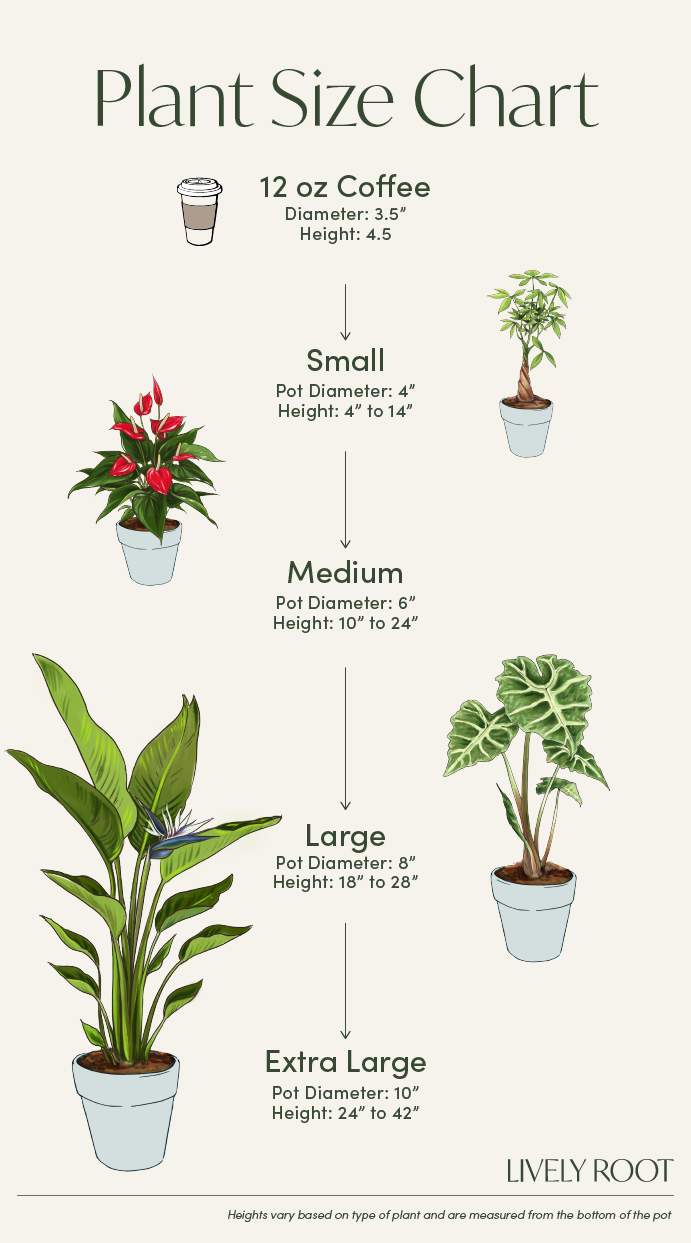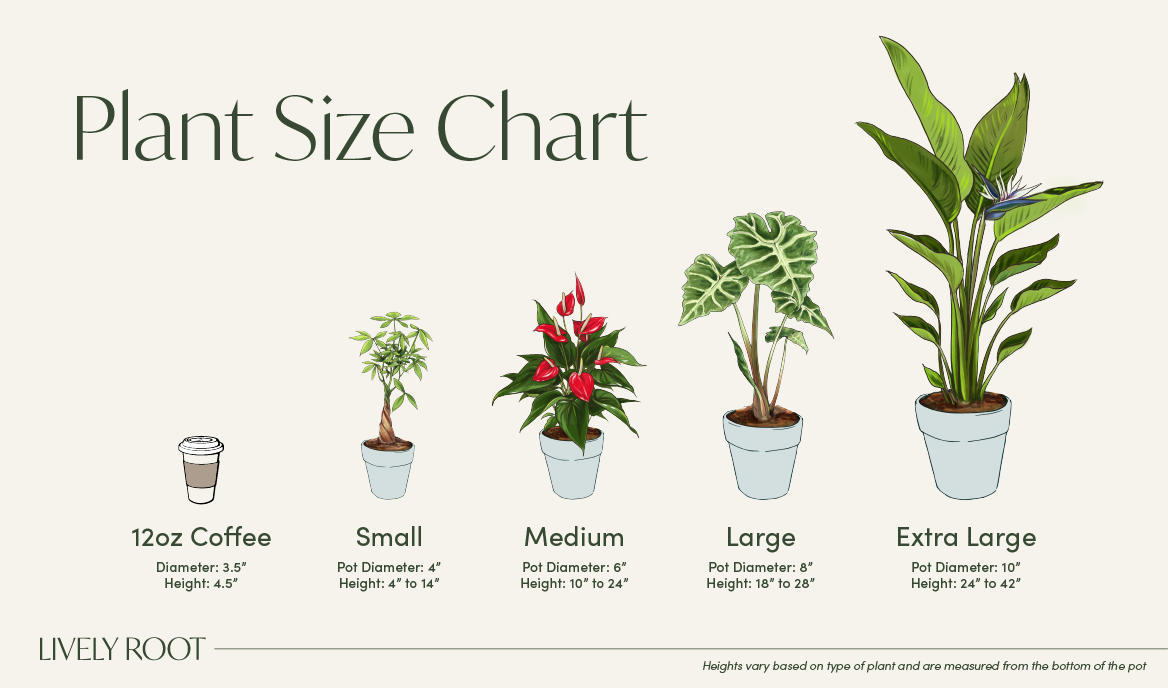

Turn any space into a paradise!
Get surprise, pet-friendly plant friends delivered to you and immediately create your new favorite green space. Get ready for your own personal urban jungle that you and your dogs or cats can enjoy with just one click.
*Plants ship in grower pots
Numbers of Plants Included In Each Pet-Friendly Jungle
-
Tiny Jungle - 2 Small & 2 Medium
-
Urban Jungle - 2 Small & 2 Medium & 2 Extra Large
-
The Amazon - 4 Small & 4 Medium & 2 Extra Large - MOST POPULAR!
-
I'm In The Jungle Book - 4 Small & 4 Medium & 4 Extra Large - BEST BANG FOR YOUR BUCK!
Your Pet-Friendly Jungle Delivered Care Guide

You might also like...





















